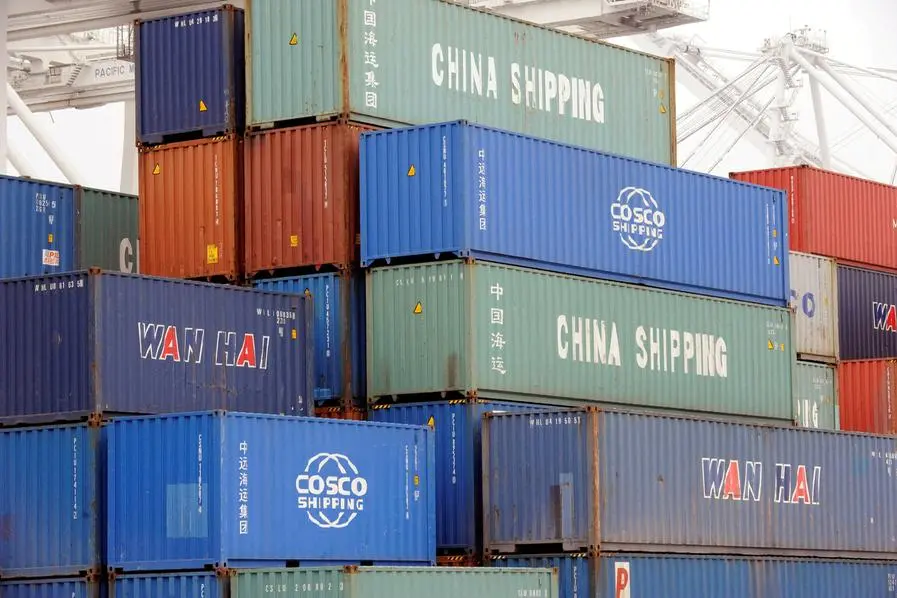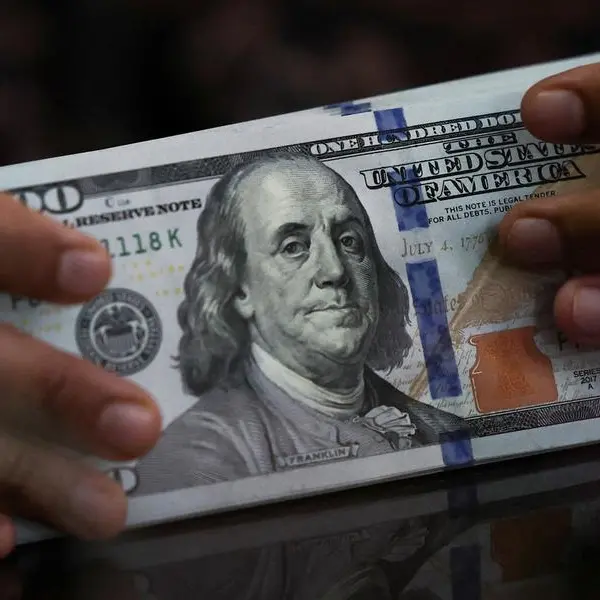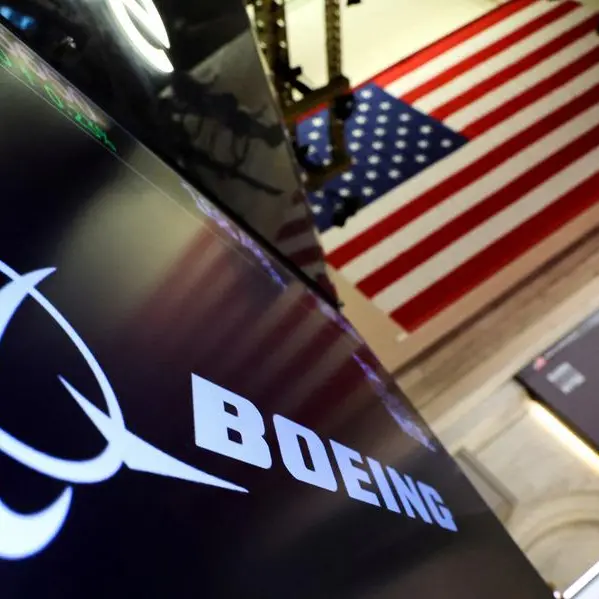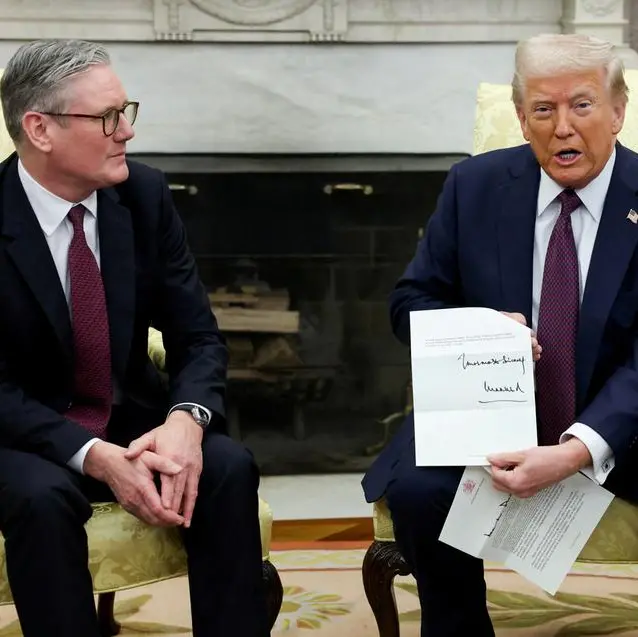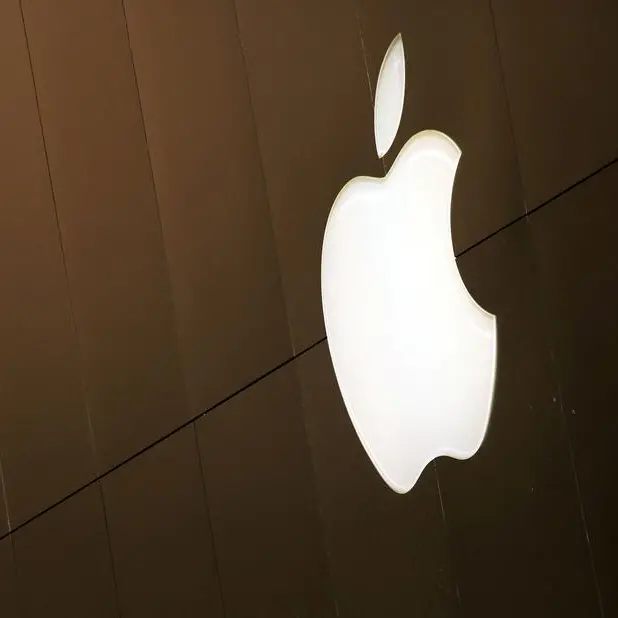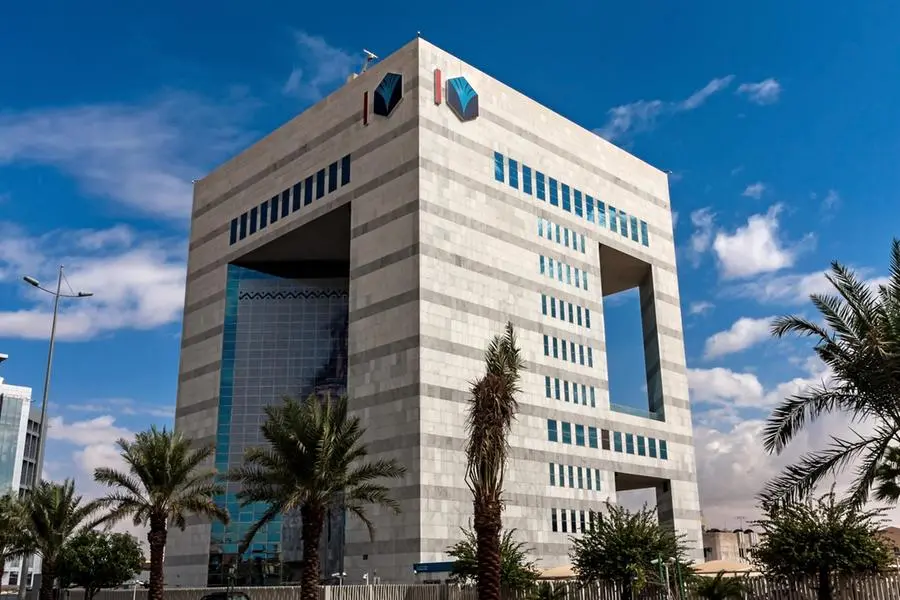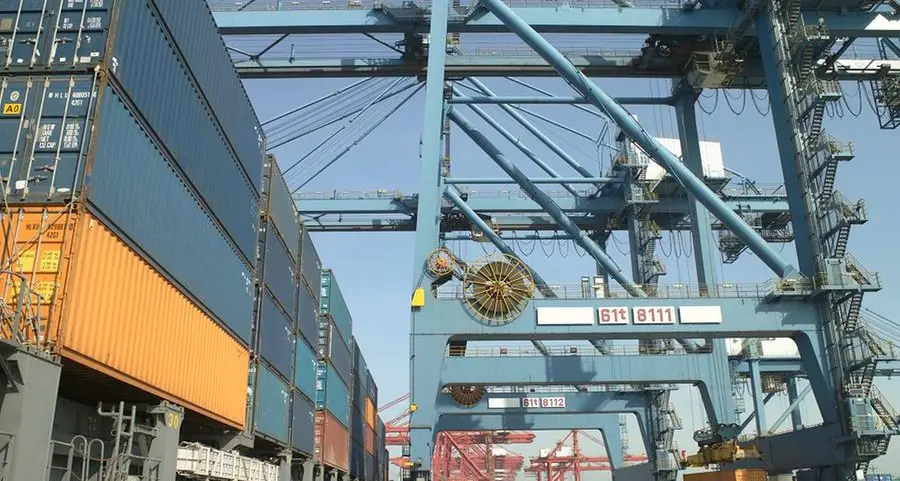PHOTO
FILE PHOTO: Shipping containers at Pier J at the Port of Long Beach wait for processing in Long Beach, California, U.S., April 4, 2018. REUTERS/Bob Riha Jr./File Photo
U.S. economic growth slowed in the fourth quarter, but robust domestic demand will probably keep the Federal Reserve on a slow interest rate cut path this year.
Gross domestic product increased at a 2.3% annualized rate last quarter after accelerating at a 3.1% pace in the July-September quarter, the Commerce Department's Bureau of Economic Analysis said in its advance GDP estimate on Thursday.
Economists polled by Reuters had forecast GDP rising at a 2.6% pace. Estimates ranged from a 1.7% pace to a 3.2% rate.
The survey was concluded before data on Wednesday showed the goods trade deficit swelled to a record high in December, which prompted the Atlanta Fed to slash its GDP forecast to a 2.3% rate from an earlier estimate of 3.2%.
Despite the slowdown from the July-September quarter's brisk pace, the economy last year defied dire predictions of a recession that had been fueled by the U.S. central bank hiking rates by 5.25% percentage points in 2022 and 2023 to quell inflation. The economy is expanding well above the 1.8% that policymakers view as the non-inflationary growth pace.
Dissatisfaction with the economy was a major reason President Donald Trump swept to victory in the Nov. 5 election.
The Fed on Wednesday left its benchmark overnight interest rate in the 4.25%-4.50% range, having reduced it by 100 basis points since September.
In its policy statement, it removed a reference that inflation "has made progress" towards the central bank's 2% goal. Fed Chair Jerome Powell told reporters that the economy "is strong overall." The Fed has forecast only two rate cuts this year, down from the four it had projected in September, when it embarked on its policy-easing cycle.
That reflected uncertainty about the economic impact of fiscal, trade and immigration policies from the new Trump administration. Economists view the planned tax cuts, broad tariffs on imports and mass deportations of undocumented immigrants as inflationary. They expect economic growth to falter by the second half and inflation to rise.
Anticipation of tariffs and a ports strike prompted businesses to front-load imports in November and December, sharply widening the trade deficit. Most of the imports were quickly snapped up by consumers who have also been engaged in pre-emptive buying ahead of the tariffs.
Consumer spending, which accounts for more than two-thirds of the economy, grew at a 4.2% rate last quarter after expanding at a 3.7% pace in the July-September quarter.
(Reporting by Lucia Mutikani; editing by Andrea Ricci and Chizu Nomiyama)
